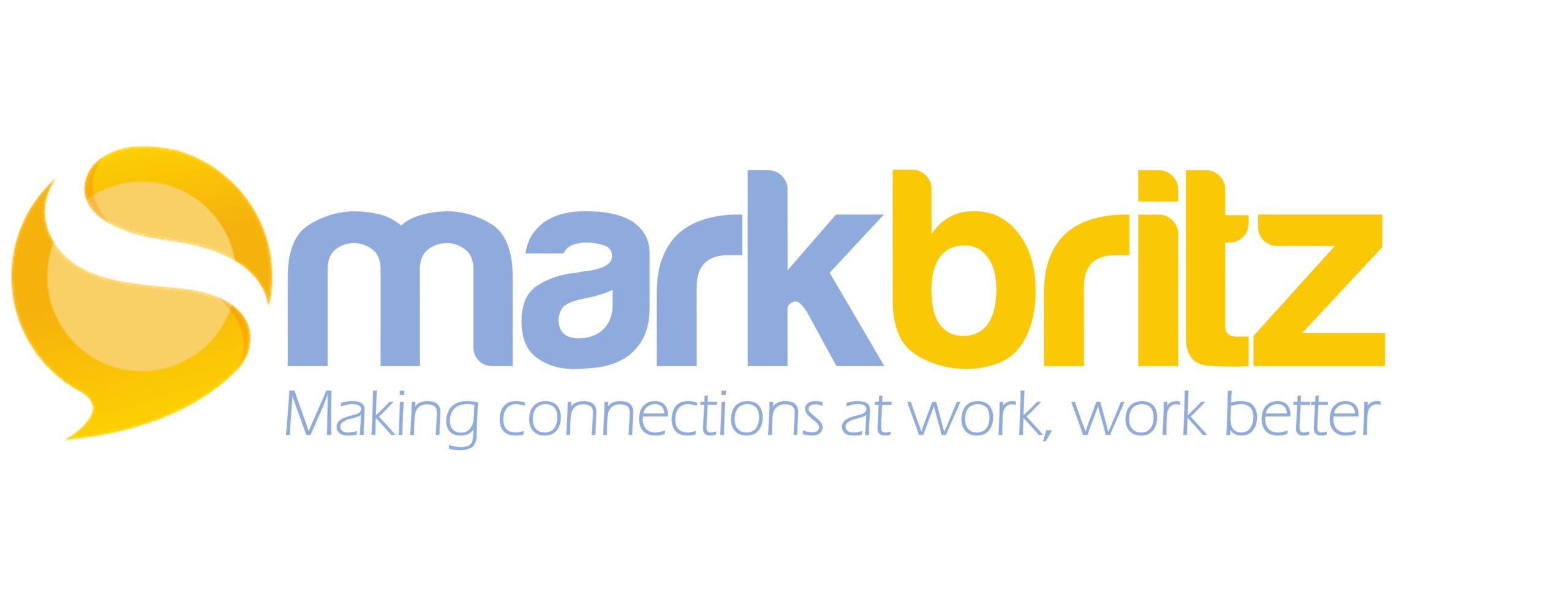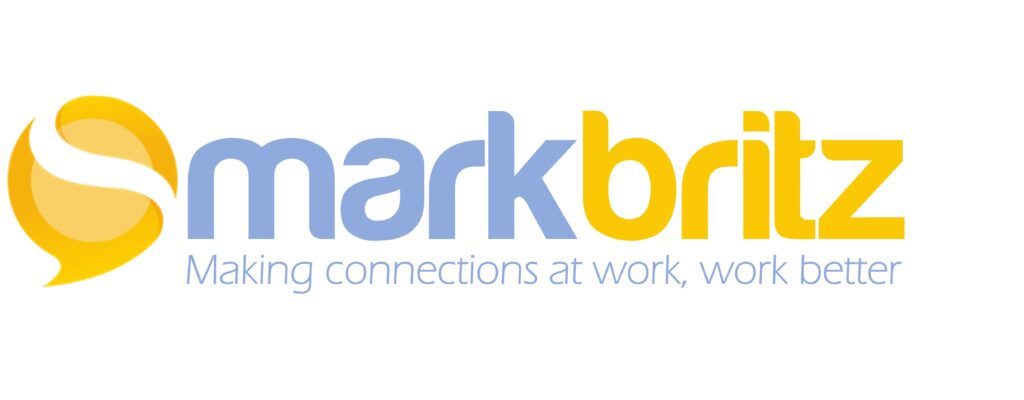In my space a major barrier to opportunity can be Organizational Conflict of Interest (OCI) and in government contracts it can happen like a bursting brain aneurysm; sudden, barely detectable and often deadly.
For example:
Complicated & Complex
 |
| Cynefin Sense-Making Framework |
When seen through the lens of Dave Snowden‘s Cynefin the sense-making framework OCI straddles the complicated and complex. One can be “oriented” to the dangers and provided some (but not all) examples of when and where these risks can happen – making the issue complicated. However, one can often only see the right course of action in retrospect, thus making it more complex in nature.
Knowledge and proper action must then permeate the culture of an organization. It must be on the forefront of people’s minds but not consume them and it can’t simply be treated as a problem that training alone can solve. The solution lies in raising organizational awareness. And although it is a performance issue, it is not something that should or can be solely owned by T&D. This needs to be a company-wide effort.
Campaign vs. Course
Craig Taylor tuned me into the concept of a campaign as he explored it himself on a considerably grander scale. An apparent influence for him was in the article Think “Campaign” not “Course” by Lars Hyland (Tip 16) From the eLearning Network:
The initial part of the campaign grounds people in a common understanding of OCI, and the response procedures identified in the job aid. For this a short scenario-based elearning module can serve to show the value of the communication procedure and practical application of the job aid in a scenario. Additionally, to improve access to a job aid (post completion), a QR code can be used within to allow the learner to place the support tool on their mobile device and be easily accessible in a potential OCI situation.
Next, leverage traditional communication channels such as an organization’s periodical. L&D can partner with them to maintain a long running series of compelling examples, statistics, factoids and industry news regarding OCI. A series of “insider” podcast bring a human face (voice) to the issue through interviews with internal experts and possible “victims” of OCI which will be made available for employees to pull; HR to promote at new hire orientation, and managers to leverage when needed. The use of a social media platform is fertile ground for sharing industry news, and war stories. And finally email, the default communication platform of the moment, can easily serve to launch short scenario-based “quizzes” to reinforce understanding and application of the procedure.
The approach is really one of an all hands on deck. People should not to be subjected to repeated formal (out of workflow) interventions but rather be surrounded by relevant information, expertise, conversation and resources to help them navigate a complex and potentially costly issue.

